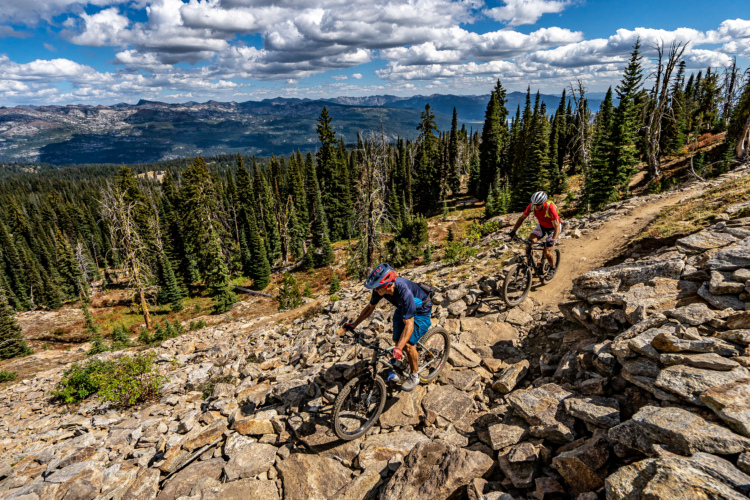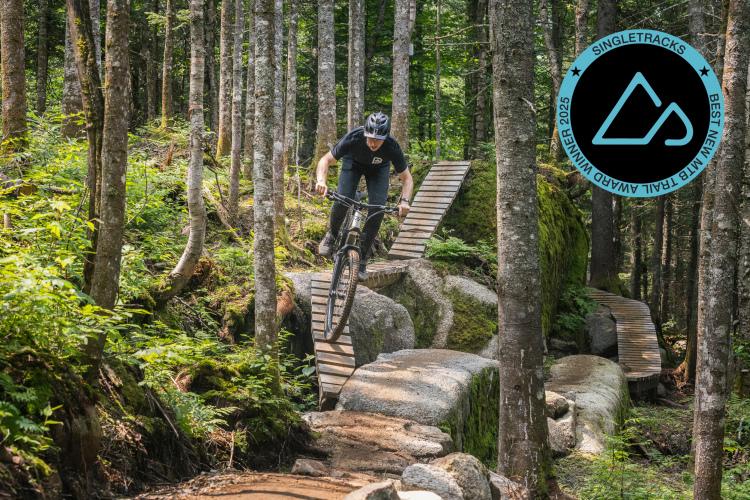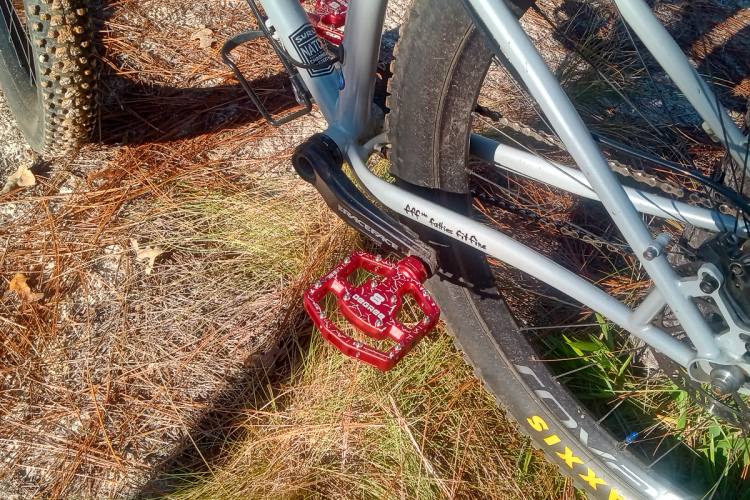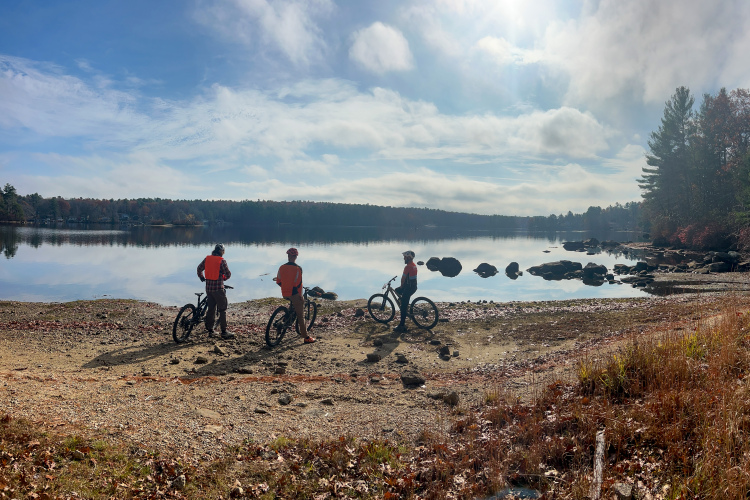
Just south of the mountain bike mecca of Sun Valley and Ketchum, Idaho, sits the sleepy town of Hailey. Hailey residents have traveled north to mountain bike Sun Valley’s trails for years, but this need to drive north is coming to an end.
Over 10 miles of singletrack across three trails have just opened on Hailey’s doorstep. And soon, residents will have over 80 reasons to keep their rides local: over the next several years, the area surrounding Hailey will add about 70 miles of additional trails, and all of it will be open to mountain bikes.

The Wood River Valley Recreation and Access Plan
After a lengthy public scoping period, the Bureau of Land Management’s (BLM) Wood River Valley Recreation and Access plan was approved in 2021. This plan called for increased recreation in the Wood River Valley, including 82.6 miles of new trails/roads for recreational use. Here’s how the 82.6 miles of new trails will break down by user group:
- Campsite or trailhead road: 1.2 miles
- ATV (<50″ in width): 0.7 miles
- Motorized singletrack (motorcycle): 21.4 miles
- Motorized Class 1, 2, and 3 e-bikes: 15.6 miles
- Motorized Class 1 e-bikes: 41.7 miles
- Non-motorized (no e-bikes): 2 miles
To be clear, the descriptions mentioned for each batch of trails is the largest type of motorized vehicle that can be used on that trail. For example, Class 1 e-bikes can also be ridden on motorcycle trails. And non-motorized mountain bikes can be ridden on all of these trails.
The first group to take a chunk out of the 80+ miles of trails approved for Hailey was the International Mountain Bicycling Association (IMBA). Among the trails IMBA built are three that fall just east of Hailey — Silver Lining, Golden Hour, and Hang Tight Hang Loose.
All three trails are rated intermediate and range from 3.5 to 4.3 miles, with Golden Hour being the longest. Depending on the direction chosen, each trail climbs roughly 800–900 feet before descending approximately the same distance. Most importantly, Hailey residents can ride from their houses to the trailheads.
“With this particular trail project, we’re bringing more of what people live here for to their back doors,” said Sara Gress, Executive Director of the Wood River Trails Coalition (WRTC). WRTC is picking up where IMBA left off after IMBA’s agreement ended in 2024.
Gress, who has been with the WRTC since 2018, explained that the organization wasn’t ready to take on a large project like the Wood River Valley Recreation and Access plan in 2021. However, WRTC has steadily grown over the years.
Some of WRTC’s growth is due to its organizational change from a sole focus on cycling to a broader trail advocacy group. In 2019, the group changed its name from “Wood River Bicycle Coalition” to its current name. The change symbolized their commitment to all trail users, better suiting Hailey residents, many of whom mountain bike but also hike, dirt bike, and horseback ride local trails.
“As an organization, working on behalf of all users was much more popular than singling ourselves out to a single user group,” Gress told us.
Over the years, WRTC went from Gress and one other employee to five year-round staffers. This growth led to WRTC’s application to be the main partner for the Wood River Valley plan. In 2024, IMBA’s agreement ended, and the Shoshone Field Office BLM was taking applications. WRTC won out and entered into a five-year agreement.

Trail development over the next five years
For their part of the 80+-mile project, WRTC will build between 30 and 40 miles of trail during its five-year agreement. Fortunately, the BLM has done quite a bit of the heavy lifting regarding trail layout.
“Luckily for us, the BLM already figured out where the trail corridors were going,” Gress said. “What we’re doing is essentially staying at least one year — preferably two years — ahead on flagging.”
While the plan is approved, each trail corridor must be hiked and given the official “okay” by the environmental specialists. Gress and her team are trying to get trails officially marked with flags so that specialists can either approve the trail or request changes.
WRTC is flagging trails now that they expect to build in 2027.
Over 90% of the Wood River Valley Recreation and Access plan trails will be in the Hailey/Bellevue area. The plan includes the WRTC building trails in the Colorado and Hangman’s gulches, as well as Quigley, Slaughterhouse, and Croy canyons.
Due to the terrain they are working with, some of the trails may feel similar to others in the area. Hailey sits at over 5,000 feet above sea level and is surrounded by steep foothills covered in sagebrush. Many of the trails climb through the sage before snaking back down. However, Gress was excited about some variation in nearby terrain.
“[Colorado Gulch] has a lot of really cool native rock features that I think is going to feel a lot different,” she told us. “And it has really steep side slopes.”
A planned trail connecting Hailey and Bellevue will take the scenic route around Patterson Peak. Rising nearly 3,500 feet above the valley, Patterson Peak promises exciting descents from higher elevations, with its wooded north side offering a refreshing contrast to the surrounding sagebrush terrain. However, both trails are still several years from completion.
To meet their goal of 30–40 miles, the WRTC plans to build 6–8 miles of trail annually. This year, they are constructing 6.5 miles of singletrack in Lee’s Gulch, just west of Bellevue and south of Hailey. This project more than doubles the amount of proper singletrack in the Bellevue area.
For Gress and WRTC, the excitement is about bringing trails to the people of the Hailey/Bellevue area rather than having them drive miles to a trailhead. “Most of these trails begin and terminate in Hailey and Bellevue neighborhoods,” Gress said. “This is bringing trail access to the people who live and work here — literally in their backyards.”











2 Comments
Jan 15, 2025
Jan 14, 2025